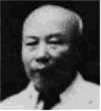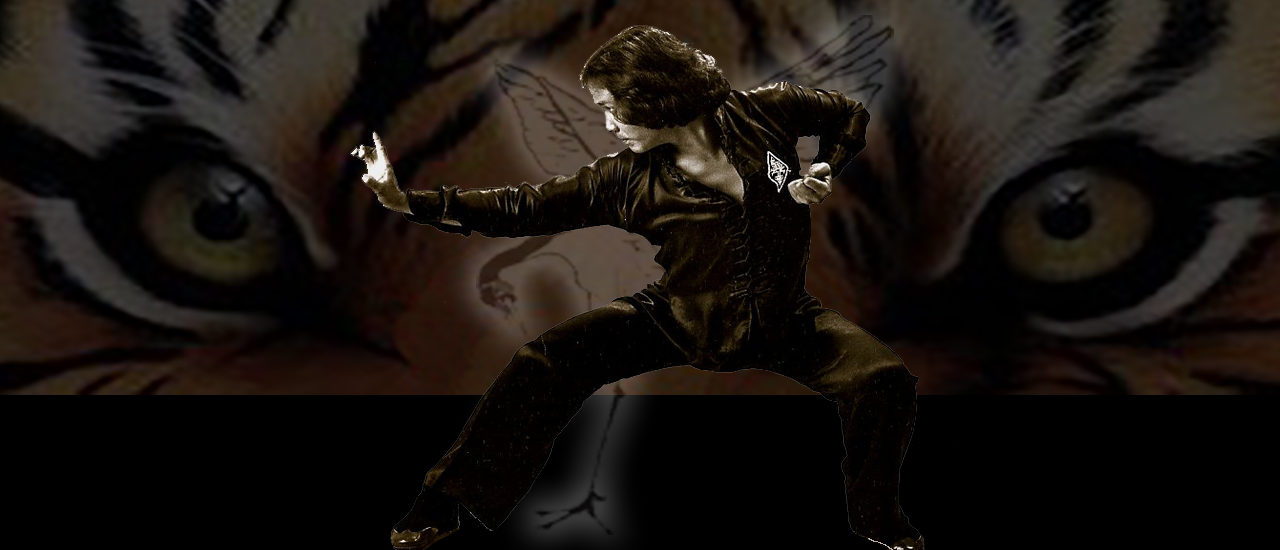
home
IMDB PROFILE: Sifu Vernon Rieta
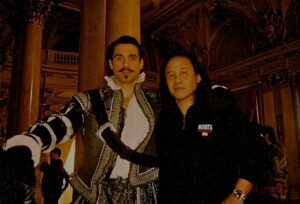
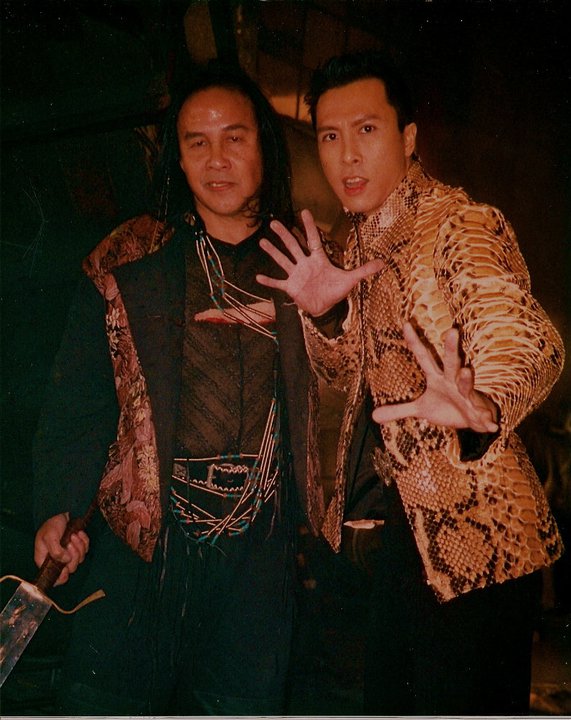
The History of Hung Gar Kung Fu
The founder of the Hung Gar style was Master Hung Hee Goon, a famous boxer who lived in the late 1700s. Although his school is popularly known as Fu-Hok Pai (Tiger and Crane style), the origin of this fighting method goes back much farther into time.
 According to legend, a Shaolin master of the Tiger Claw style was out in his garden one day. Spotting a crane pecking away at his newly planted vegetables, the priest grabbed a stick and tried to chase the intruder away. The bird, however, eluded each swing of the stick. At one point, the crane leaped up into the air and the surprised monk found himself the victim of a furious counter-attack. Using its sharply pointed beak as a weapon, the crane became a formidable foe. The priest made a complete study of the crane’s behavior and learned how this frail-looking creature would respond to various types of attack. By imitating these movements, a series of new fighting techniques based on fluidity, gracefulness, and sharp pecking attacks was developed. Combining these unusual crane tactics with his dynamic tiger claw techniques, the Shaolin monk devised a new and highly effective method of combat.
According to legend, a Shaolin master of the Tiger Claw style was out in his garden one day. Spotting a crane pecking away at his newly planted vegetables, the priest grabbed a stick and tried to chase the intruder away. The bird, however, eluded each swing of the stick. At one point, the crane leaped up into the air and the surprised monk found himself the victim of a furious counter-attack. Using its sharply pointed beak as a weapon, the crane became a formidable foe. The priest made a complete study of the crane’s behavior and learned how this frail-looking creature would respond to various types of attack. By imitating these movements, a series of new fighting techniques based on fluidity, gracefulness, and sharp pecking attacks was developed. Combining these unusual crane tactics with his dynamic tiger claw techniques, the Shaolin monk devised a new and highly effective method of combat.
In the 18th century, Shaolin boxer Hung Hee Goon acquired this unique system based on the tiger and crane. Boxer Hung had been schooled in the teachings of Chee Sin, a master of the “Long-Hand Art,” and Fong Wing Chuen, and expert of the “Short-Hand Art.” To the knowledge that he acquired from these two Shaolin priets, boxer Hung added the tiger and crane techniques, creating the Hung Gar (Hung’s Family) school of Gung Fu.
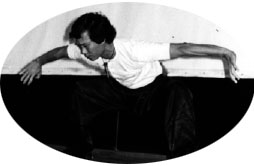
Skillful boxers of the Hung style have been described as powerful and swift, with a solid, immovable stance. The Hung system uses a combination of short-range tactics (prized for their defensive value) and long-range movements (good for offense). Blocks and counters should have the striking power of a sledgehammer. Like the fluid and graceful crane, however, firmness must be complemented by softness and softness by firmness.
With a history of more than 200 years, the Hung style has been one of the most popular methods of Gung Fu practiced in Southern China. In later years, a famous boxer named Wong Fei Hung systemized the tiger and crane movements into several formal exercise patterns. Known as Fu-Hok Sheong Yin Kuen, these tiger and crane routines are a specialty and a vital part of our training program today.
